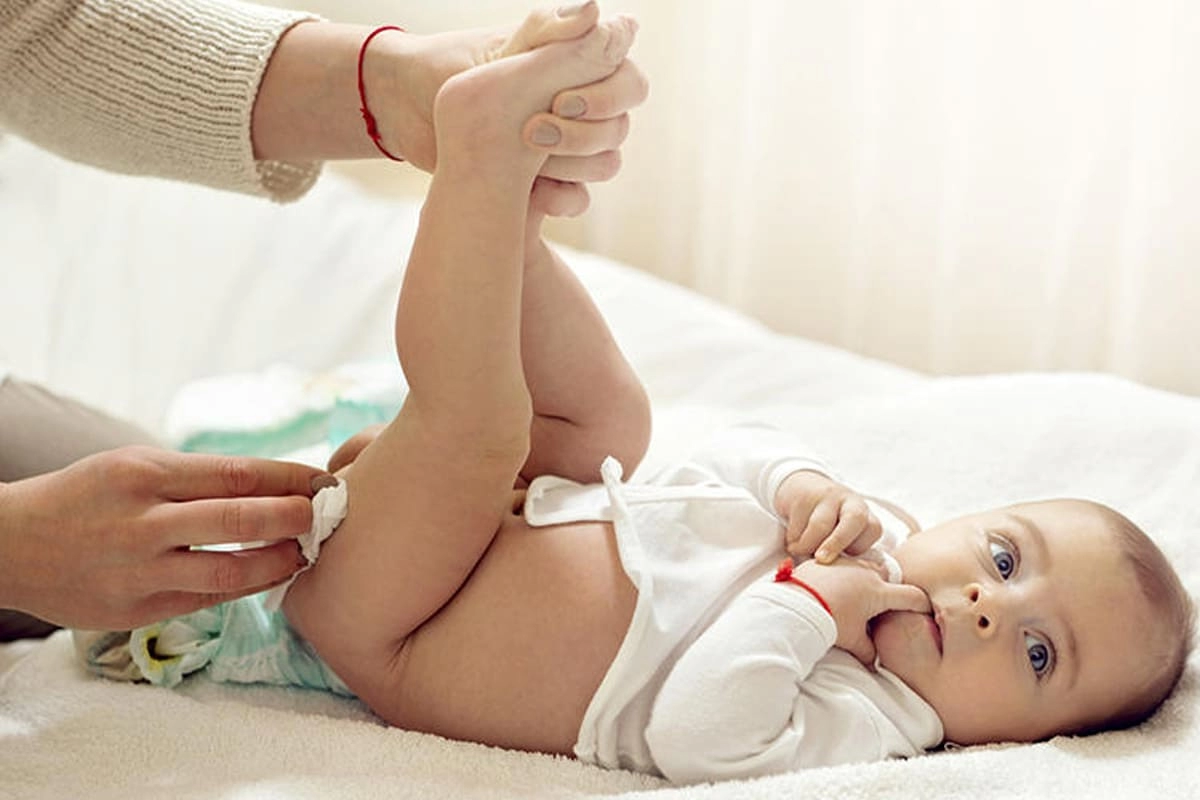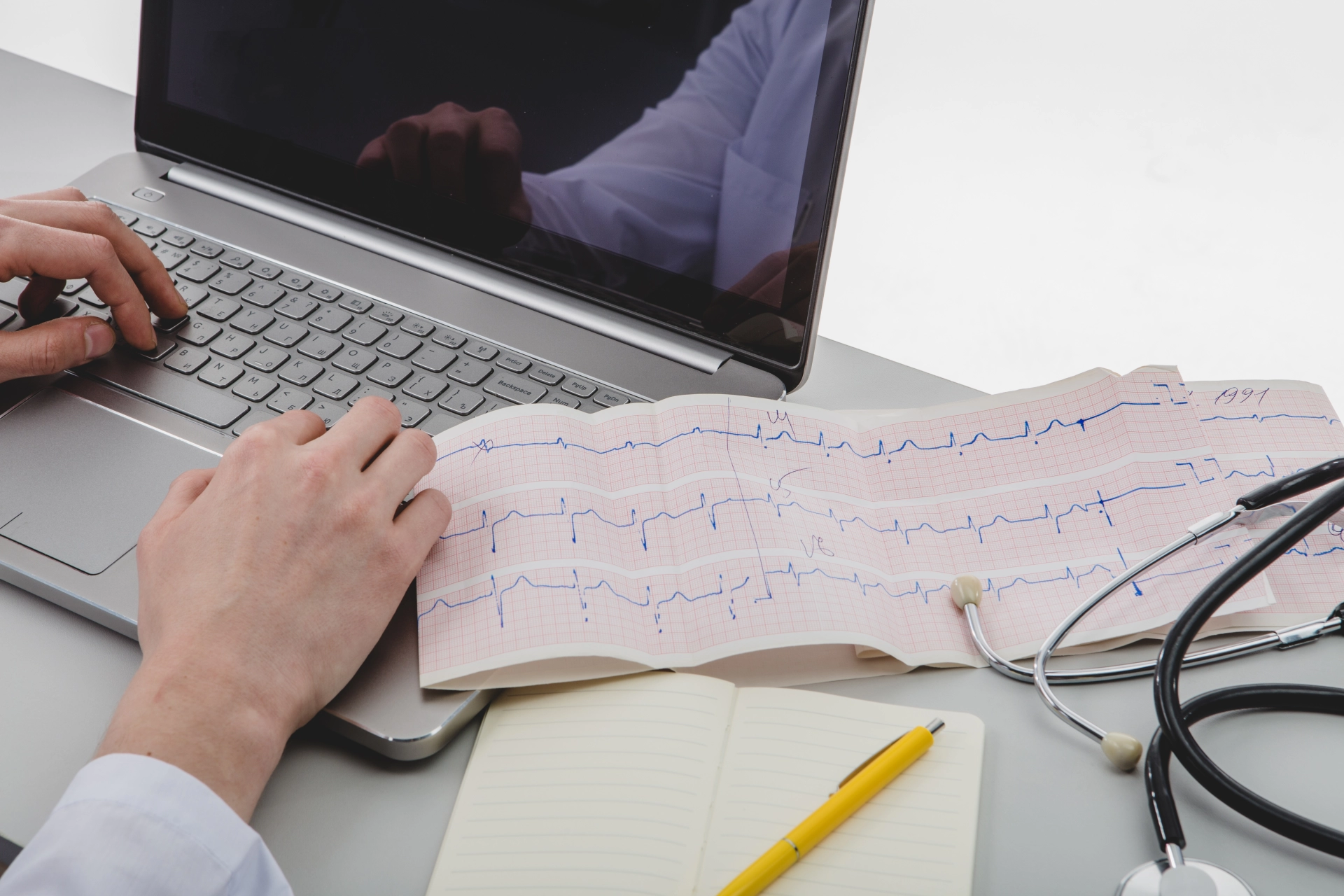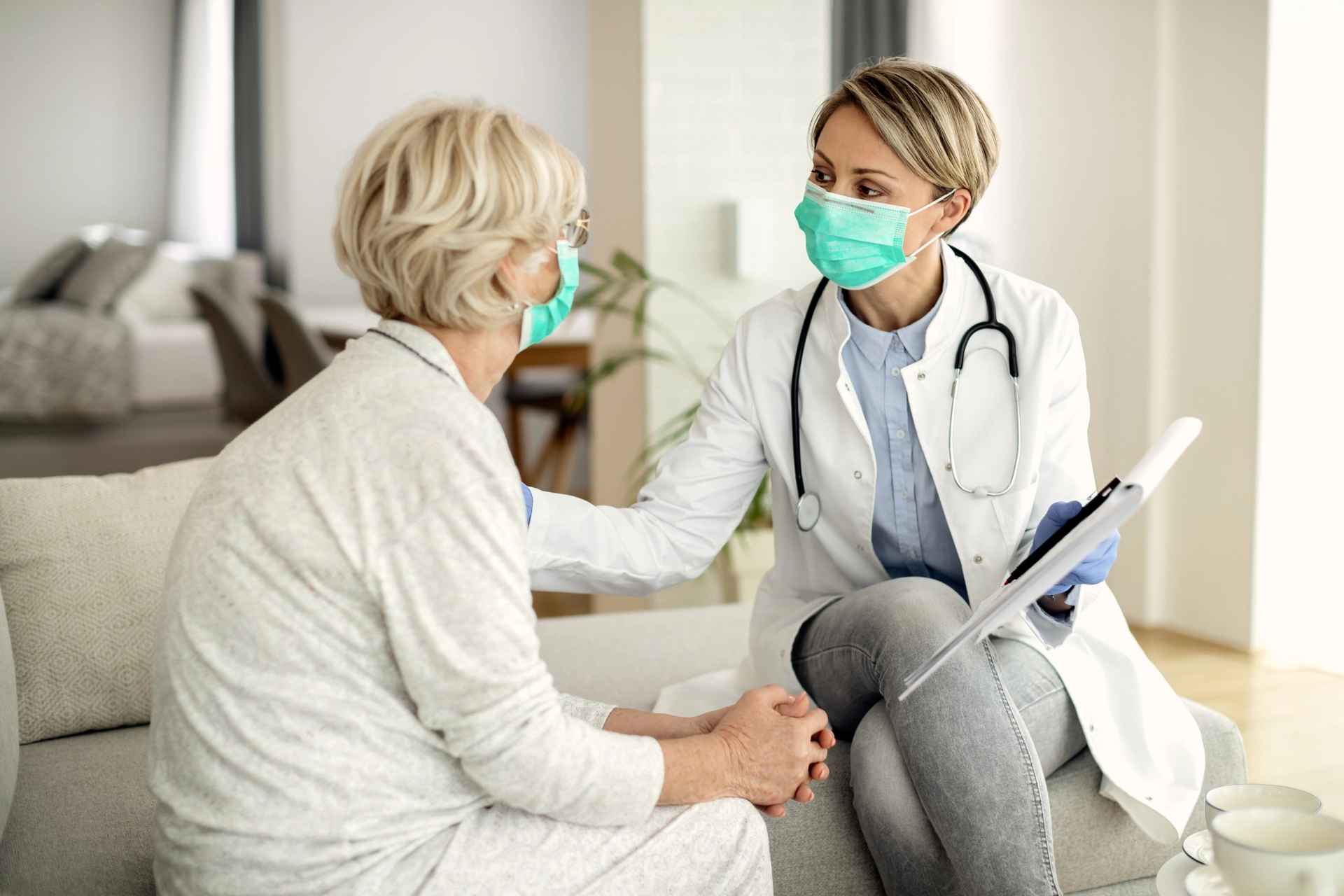Acute intestinal infections belong to the group of infectious diseases that are caused mainly by the penetration of viruses or bacteria. Their most common clinical sign is diarrhea or diarrhea. Infections of bacterial origin, especially in the summer months, are recorded much more often. Acute intestinal infections are most dangerous for young children, as well as the elderly, due to their vulnerable immune system.
Diarrhea is one of the main causes of morbidity, mortality and malnutrition in children. According to statistics, more than 11 million intestinal infections are recorded every day in the world, as a result of which about 1.5 million children die annually.
Acute diarrhea is characterized by at least three or more watery stools per day, and its duration does not exceed 14 days. It is noteworthy that the younger the child, the more complex and dangerous the course of the disease can be.
How is the infection spread?
There are several ways in which the infection can spread:
•eating poor-quality food, especially raw or contaminated foods,
•consuming contaminated water or food while traveling,
•direct contact with animals,
•using swimming pools,
•swimming in the sea without proper hygiene,
•using highly polluted water or lack of clean drinking water.
All of these factors contribute to the rapid spread of bacteria, viruses, and parasites.
The main symptoms of diarrhea are:
•frequent and watery stools,
•vomiting or nausea,
•cramping or sharp pains in the abdomen,
•high fever,
•headache or dizziness.
Parents should also carefully monitor the appearance of the stool: color, consistency, frequency, and the presence of blood or mucus.
In young children, diarrhea can lead to serious complications, primarily dehydration.
Why is dehydration dangerous?
Dehydration is a condition in which the body loses more fluid than it can replace. Children, especially those under 5 years old, become dehydrated much faster than adults. This is because the water content in a child’s body is very high, about 75–80%, and children are often unable to express their thirst.
Signs of dehydration include:
•frequent diarrhea,
•repeated vomiting,
•constant thirst,
•dry skin,
•rapid breathing or panting,
•decreased urine output or dry diapers,
•general lethargy or behavioral changes in the child.
Dehydration can be classified into mild, moderate, and severe. If not treated in time, it can lead to shock, organ failure, and even death.
How to protect your child?
The best way to prevent dehydration is to drink fluids in a timely manner. First of all, it is important to continue breastfeeding, and for older children, not to stop feeding. It is necessary to use oral rehydration solutions with a combination of water, salts and glucose.
In addition, it is important to follow strict hygiene rules: wash your hands before preparing food and after using the toilet, as well as use only safe water.
To prevent diarrhea caused by rotavirus, a state immunization program is in place in a number of countries. Vaccinations significantly reduce the number of severe cases, and it is advisable for parents not to avoid rotavirus vaccination.






